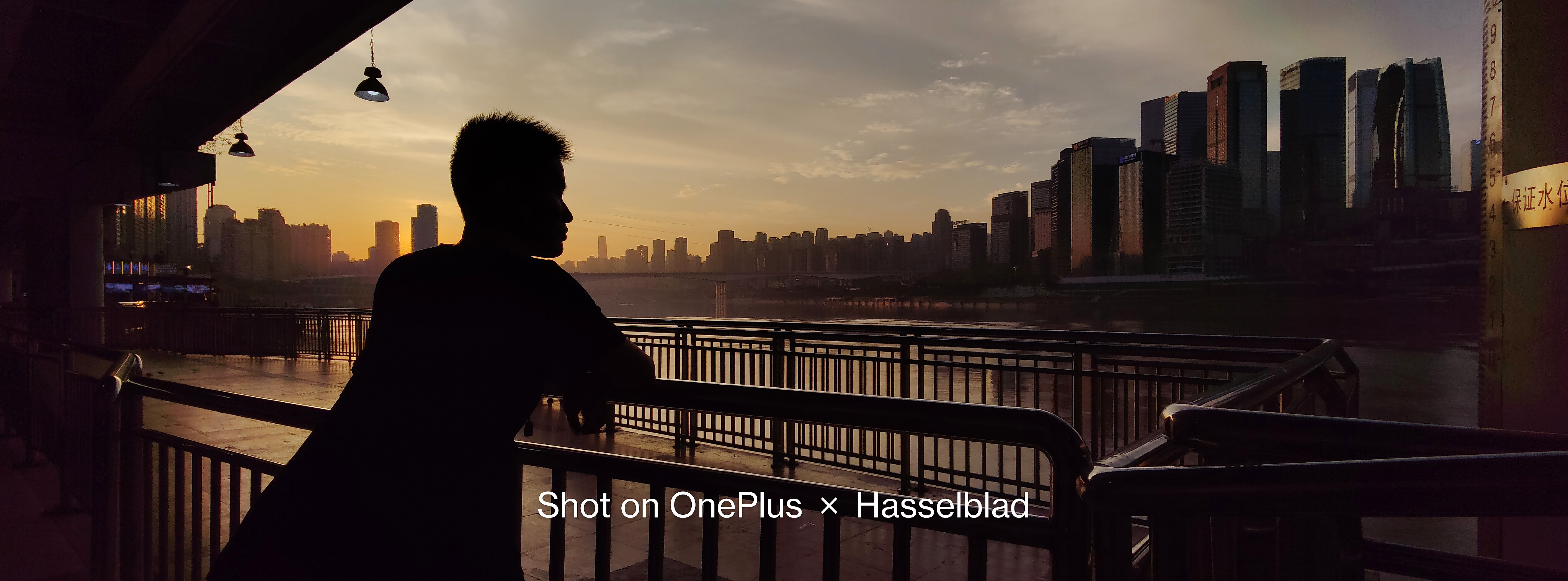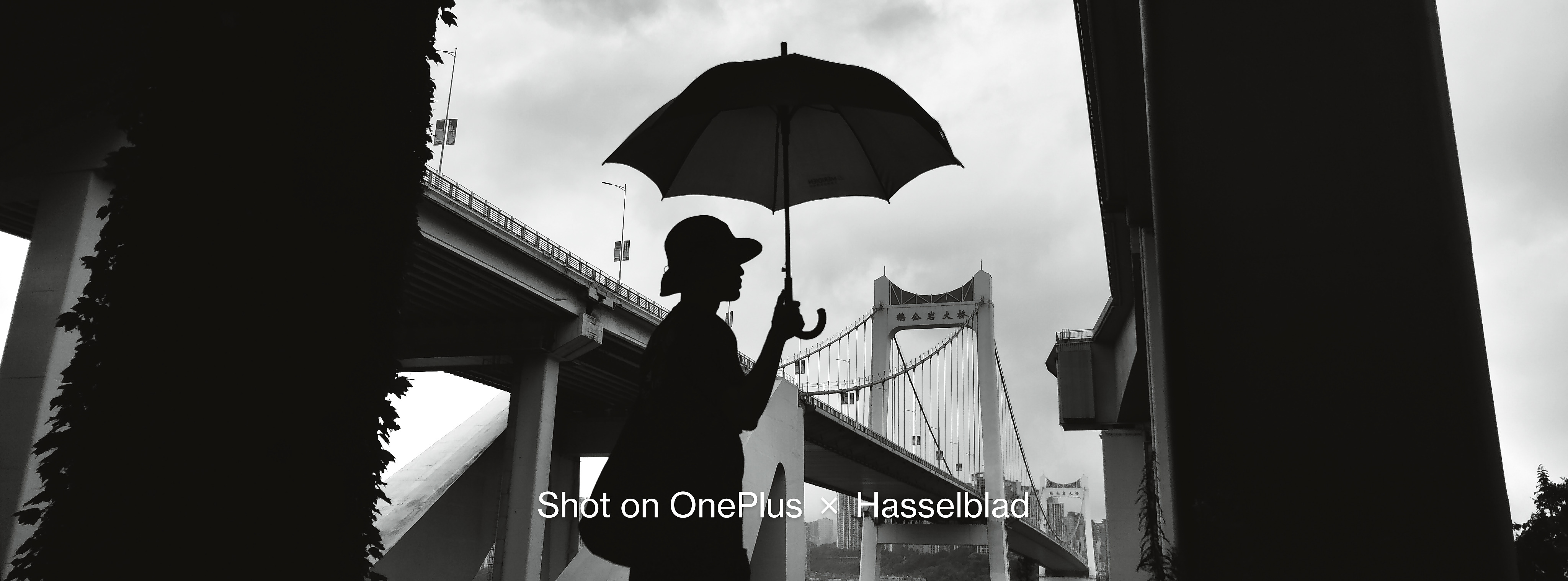
views
OnePlus recently released an OTA for the OnePlus 9 series that introduced a new XPan mode. On the surface, this just seems like yet another film simulation mode with an unusual 65:24 crop, but it’s much more than that.
Born of the partnership with Hasselblad, XPan is yet another creative tool that photographers can use to improve their storytelling abilities. The XPan camera, first introduced in 1998, was, and still is, something unusual and unique. Rather than stick to the 3:2 aspect ratio that has been the norm for decades, XPan exposed a greater area of film to deliver a cinema-like 65:24 aspect ratio.

Filmmakers have been using this wide and narrow aspect ratio for years now (though they use a slightly wider version called anamorphic), and you’ll find it used in iconic movies like Pulp Fiction, Blade Runner (1982), and Alien. There’s a lot more information in a frame that wide, and as our eyes pass over the scene, a story can be told. It’s this art of storytelling that XPan encouraged, and the fact that it was shot on film forced photographers of the era to think more carefully about their shot, its composition, and the story they’re attempting to capture.
XPan mode on the OnePlus 9 series phones isn’t just an emulation of that classic aspect ratio and style, it’s also an emulation of the experience.
To fire it up, you simply head to your OnePlus camera app and switch to Xpan. Immediately, your field of view is narrowed to a 65:24 aspect ratio, which can further be tweaked to emulate the 45 mm or 65 mm lenses deployed on XPan cameras of that era. This is done by switching to the ultra-wide and wide angle cameras on the OnePlus 9 as needed.

The shutter button is replaced by a Hasselblad-esque Orange one, and any image you capture is first displayed in the negative before transforming into the image you intended to capture. The mode also emulates the signature Hasselblad XPan look on black and white film stock from that era.
What makes this special isn’t necessarily the film simulation or the forced perspective, but rather, it’s the slower, more measured approach to photography that it encourages. This isn’t a mode you just switch to on a whim and burst-capture a dozen or so images while hoping for the best. This is a mode you switch to when you’ve given some thought to your composition and framing, and the resulting images will be all the more rewarding for it.
Unlike Instagram filters, this isn’t a mode that’s easy to master, but that is, perhaps, what could make it worthwhile. The success of this mode depends entirely on how keen we are on experimenting with a format like this, but either way, I’m just glad that someone is attempting to revive a much-loved but long-dead format, to recapture the charm of film photography in the modern age.
Read all the Latest News , Breaking News and IPL 2022 Live Updates here.


















Comments
0 comment